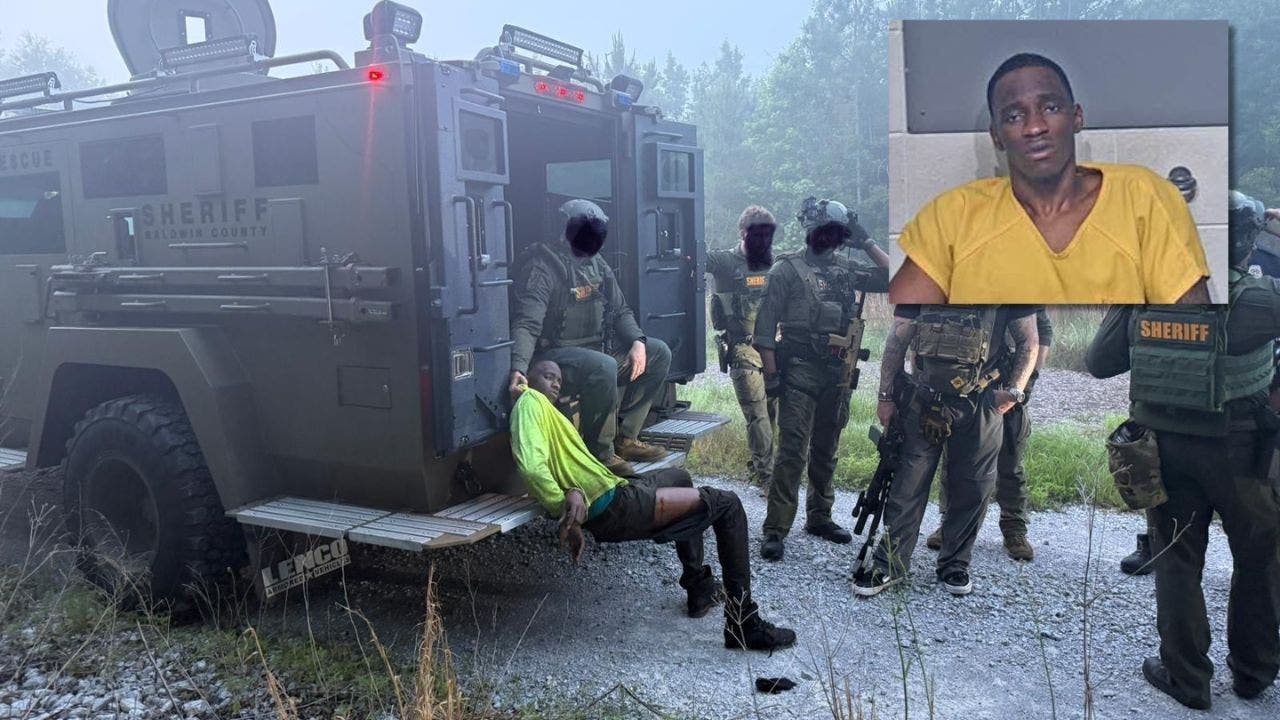New archaeological findings published in Science challenge long-standing theories about when and how humans first reached North America. According to researchers excavating the Cooper’s Ferry site in western Idaho, artifacts suggest a human presence as early as 16,000 years ago—over a thousand years before the traditionally accepted migration across the Bering Land Bridge.
Radiocarbon Dating Pushes Timeline of First Settlers Back by Millennia
The excavation at Cooper’s Ferry, situated near the Lower Salmon River, uncovered nearly 200 items, including stone tools, debris from tool production, and extinct animal bones. Radiocarbon dating of organic remains, such as bone fragments from a long-extinct horse, places human activity at the site between 16,560 and 15,280 years ago. This predates the opening of the ice-free corridor, once believed to be the primary migration route for early settlers into North America.
This evidence has led researchers to question the Clovis-first model, which posited that the earliest inhabitants crossed the Bering Strait about 13,000 years ago. Instead, the findings favor a coastal migration theory, where ancient peoples may have traveled by boat along the Pacific coast, entering the continent earlier and through a different route than previously thought.
Lead study author Loren Davis, a professor of anthropology at Oregon State University, noted that his team’s discoveries have “refuted the hypothesis of the ice-free corridor,” and that they lend “great support to the idea that people came down the Pacific Coast instead.”
Archaeological Evidence Suggests Links to Ancient Japan
A striking feature of the artifacts uncovered at Cooper’s Ferry is their resemblance to tools found in northern Japan from a similar era. The shape, craftsmanship, and materials suggest a shared technological heritage, raising the possibility of a cultural continuum stretching from Asia into the Americas.
“So one hypothesis is simply that you’re looking at the extension culturally of people that are bringing these ideas with them from northern Japan,” said Davis. If this connection is confirmed, it would imply not just migration, but also a transfer of cultural knowledge over thousands of miles and years.
This hypothesis is still under review, with more comparative analysis of toolmaking styles planned by the research team. If verified, it would suggest that the ancestors of Native Americans may have had a far more diverse and complex migration history than current models allow.
Criticism and Ongoing Debate Among Archaeologists
Not all experts are convinced by the Cooper’s Ferry findings. John Hoffecker, a fellow at the Institute of Arctic and Alpine Research, contends that the dating has been exaggerated, arguing that the earliest confirmed human activity at the site is closer to 15,000 years ago. He also disputes the proposed link to Japan, noting that genetic and dental evidence does not support a direct lineage from ancient Japanese populations.
Ben Potter, professor of archaeology at the University of Alaska Fairbanks, went further, calling the findings “superficial and unconvincing.” According to Potter, the study does not provide solid evidence against the ice corridor migration model, nor does it definitively prove an earlier presence.
Despite these critiques, both scholars agree that the findings add a compelling dimension to the broader debate over early human migration. Hoffecker, for one, concedes that the new evidence lends support to the idea of a Pacific coastal migration, a theory that has gained traction in recent decades.
Native History and Cultural Significance of Cooper’s Ferry
Long before modern archaeologists arrived, the region around Cooper’s Ferry was known to the Nez Perce (Niimíipuu) people as Nipéhe, an ancient village. Oral histories passed down through generations have described the area as a significant cultural and spiritual location. These new findings align, in part, with Indigenous accounts of long-standing occupation, adding a layer of ethnohistorical context to the scientific narrative.
The blending of archaeological science with Indigenous knowledge systems provides a richer, more multifaceted view of the past. While debates about exact dates and migration routes continue, there is growing recognition of the deep antiquity and complexity of human presence on the North American continent.
































